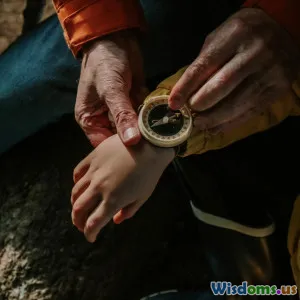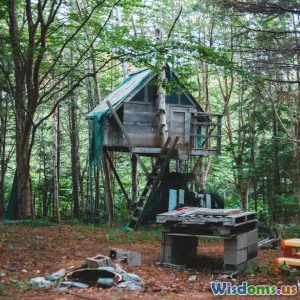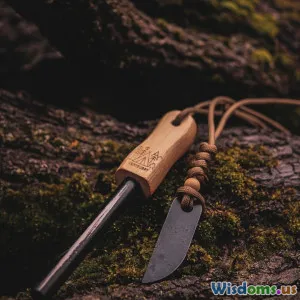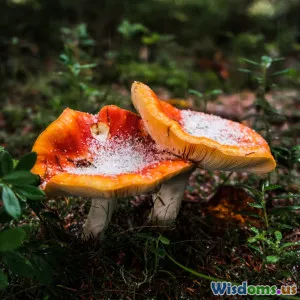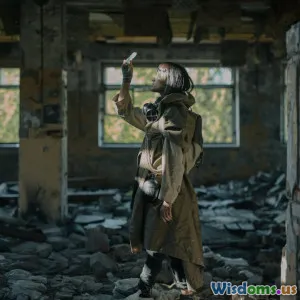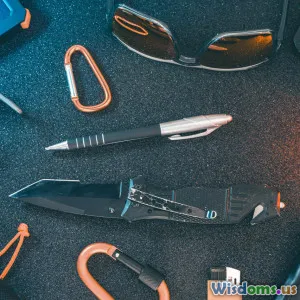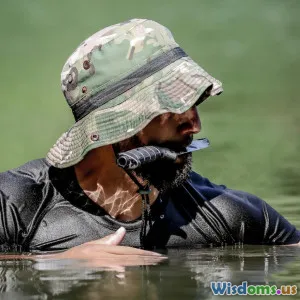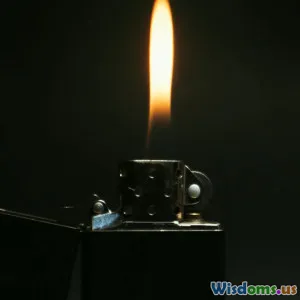
Fire Making Essentials for Survival
7 min read Master essential fire-making skills and tools crucial for survival in any environment, boosting your confidence and safety outdoors. (0 Reviews)
Fire Making Essentials for Survival
Fires have been central to human survival for millennia, providing warmth, enabling cooking, and serving as a critical signal for rescue. Yet, in survival situations, creating a fire is often easier said than done. The right knowledge and tools transform this age-old skill into a life-saving asset. This comprehensive guide reveals the essentials of fire making in survival scenarios, equipping you with the ability to generate and sustain flames no matter the environment.
Why Fire Making is Crucial in Survival
Fire does more than just provide light and warmth. According to the American Red Cross, fire helps purify water and cook food, drastically reducing risks of illness when emergencies strike.
Key Benefits of Fire in Survival:
- Warmth: Prevents hypothermia, especially in cold or wet climates.
- Signal for Rescue: Light and smoke increase visibility to search teams.
- Food Preparation: Enables cooking and sterilization, vital for sustenance.
- Psychological Comfort: Fires calm nerves and boost morale.
Understanding the stakes underscores why mastering the essentials is non-negotiable.
Understanding Fire’s Basic Components
Fire requires three elements, often referred to as the "fire triangle": fuel, oxygen, and heat. Removing any one of these prevents combustion. In a survival context:
- Fuel: Dry twigs, leaves, or specially prepared tinder.
- Oxygen: Naturally available from the air.
- Heat: Provided by friction, sparks, or matches.
Everything from selecting materials to ignition depends on optimizing these factors.
Essential Fire Making Tools
Being prepared with the right tools increases your chance of success and saves precious time and energy.
1. Tinder
Tinder is the extremely dry material that catches sparks easily, igniting into a flame.
- Examples: Dry grasses, birch bark, cotton balls coated in petroleum jelly, char cloth.
- Tip: Store tinder in a waterproof container to keep it dry.
2. Kindling
Once tinder flames, kindling — small sticks or twigs — feed the fire, gradually escalating heat to ignite larger logs.
- Choose straight, dry sticks about the thickness of a pencil.
3. Firestarters
Man-made firestarters improve ignition reliability, even under damp conditions.
- Commercial options include magnesium blocks with flint or waterproof matches.
- Improvised firestarters: Wax-dipped pine cones or cotton balls.
4. Ignition Sources
Reliable ignition tools are vital; common options include:
- Ferrocerium rod (ferro rod): Produces hot, lasting sparks. It’s durable and works when wet.
- Waterproof matches: Ensures ignition even in bad weather.
- Lighters: Convenient but may fail if wet or out of fuel.
- Flint and steel: Traditional method, harder to master but effective.
Proven Fire Making Techniques
Knowing tools isn’t enough. Technique matters greatly.
The Bow Drill: Friction Fire-Making
An ancient method relying on friction-generated heat.
- Essentials include a bow, spindle, fireboard, and socket.
- Proper technique involves steady motion and patience.
- Requires practice but can work without modern tools.
The Tinder Bundle Method
Ideal for beginners and quick fires.
- Collect tinder and surround it by kindling arranged in a tepee or log cabin style.
- Ignite the tinder using your ignition source.
- Gradually add larger wood as the fire grows.
Using a Ferro Rod
- Scrape the rod with a metal striker near your tinder bundle.
- Aim sparks to land directly on tinder.
- Once lit, gently blow to nurture flames.
Overcoming Environmental Challenges
Survivors face diverse conditions:
- Wet Ridgelines & Rain: Protect fire materials by collecting sheltered wood, using waterproof storage, or seeking natural overhead shelter.
- Snow: Insulate the fire base with stones or green wood to avoid melting snow.
- Wind: Create windbreaks with rocks or logs around the fire.
Real-World Insight: Fire Making in Search and Rescue
Sarah Peterson, an experienced wilderness rescue expert, states: "Fire signals are among the most visible and effective ways to draw attention. A well-stoked fire can make the difference between waiting days alone and a timely rescue."
Her team equips all field rescuers with ferro rods and encourages fire-making drills to hone instinctual responses.
Safety Considerations
While fire is vital, it poses risks—especially in dry wilderness.
- Always clear your fire site of flammable debris.
- Keep water nearby to extinguish completely.
- Never leave a fire unattended.
Building Your Fire Kit
For preparedness, consider assembling a compact fire starter kit including:
- Ferro rod and striker
- Waterproof matches
- Cotton balls soaked in wax
- Small knife for wood preparation
- Durable container for tinder
Such a kit fits easily in a survival backpack and dramatically increases success odds.
Conclusion
Fire making is a foundational survival skill that blends knowledge, preparation, and practice. From the tinder you collect to the flare of sparks from a ferro rod, every element counts in lighting your way through adversity. Equipping yourself with essential tools and mastering practical techniques empowers you to face unexpected challenges confidently. Remember the wisdom of survivalists: fire is more than flame—it’s hope, safety, and the promise of resilience.
Start practicing today. With every strike of your firestarter, you’re not just making fire—you’re making survival.
Rate the Post
User Reviews
Popular Posts










